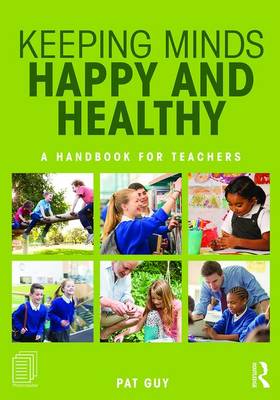Spelling and reading advice
Author: Pat Guy
Learning spellings is a standard homework for many primary pupils. Some children seem to be able to just look at a spelling and remember it, while others find the task much harder. There are many different ways to learn spellings, so experiment and see which ways suit your child most. Always emphasise that focus is required. A spelling will not stick if the child writes it out twenty times while they watch T.V!

12 ways to help your child learn spellings
-
Try pronouncing the word clearly: Arctic not Artic, environment not enviroment.
-
Count the number of syllables in the word: choc/o/late (chocolate),
-
Write the spelling out several times to try to remember the way it feels when written.
-
Look for common roots in spellings: ‘cent’ meaning one hundred, as in century, centipede and centurion.
-
Learn spelling rules: ‘i’ before ‘e’ except after ‘c’.
-
Look out for suffixes and prefixes: appoint, appointed, disappoint, disappointment.
-
Use word families: would, should, could.
-
Write the word several times in different coloured pens saying each letter name aloud: E-G-Y-P-T.
-
Look for words within words: ‘spit’ in hospital, ‘secret’ in secretary.
-
Exaggerate pronunciation: Wed-nes-day.
-
Record the correct spellings of any frequent errors in a notebook for easy access.
-
Use mnemonics. These can be pictures or little sayings. Some common mnemonics take the first letter in the word and make them into a sentence, for example: ‘big elephants can always understand small elephants’, (because), or ‘rhythm has your two hips moving’, (rhythm)
My pupils used to enjoy competitions to create mnemonics for spellings they found hard, but on one occasion I failed to give clear instructions and a sweet little seven-year-old girl found a very hard word herself in the dictionary and devise a clever mnemonic to fit: ‘Hattie and Emily Mouse Ordered Roger Rabbit’s horse Ollie In Doors. ...... at least I knew her parents hadn’t helped her.

10 Top tips on helping your child read
Many parents are apprehensive about hearing their child read in case they inadvertently confuse the child or go against their school’s Reading Policy. Not to worry!
Standard advice for hearing your child read
-
Discuss the title of the book and the picture on the cover before reading to give the child an idea of what the book is about.
-
If the child’s enthusiasm is flagging, read a few sentences yourself to keep momentum going. If you make an error, correct the mistake, then move on to show that making a few mistakes doesn’t matter.
-
Copy any helpful strategies the child uses, for example, following the text with their finger.
-
Use a blank piece of paper to underline the words or sentence that you are reading.
-
Show an older child how to track sentences with a pencil.
-
Ignore minor errors which do not change the meaning of the sentence.
-
If the child is good at sounding words out, but doesn’t always understand what they are reading about, ask them some easy questions. Surprising as it may seem, children don’t always realise they are meant to understand what they read.
-
When they get stuck on a word, read the previous sentence aloud with exaggerated expression to offer a hint about the meaning of the word, or point out a clue in the pictures.
-
If the child is making lots of errors and reading is becoming a struggle, give unknown words immediately.
-
When the reader comes up against a long, unfamiliar word, show them how to break the word down: ca/ter/pill/ar, cat/er/pil/lar, ca/terp/ill/ar. It really doesn’t matter how you divide the word.
There is no one correct way to teach children to read; all children are different. No sympathetic adult will ever undermine a school’s reading approach by using their common sense. All strategies to teach reading are legitimate: there is no one secret formula. An interested parent reading with their child will never hinder a child’s reading progress; parental interest is always a force for good!
How can EdPlace help?
EdPlace has an accessibility toolbar which has a reading ruler and reading window to help with fluency. To help with pronunciation, the read-aloud feature will recite all of the curriculum-aligned content text to you!









